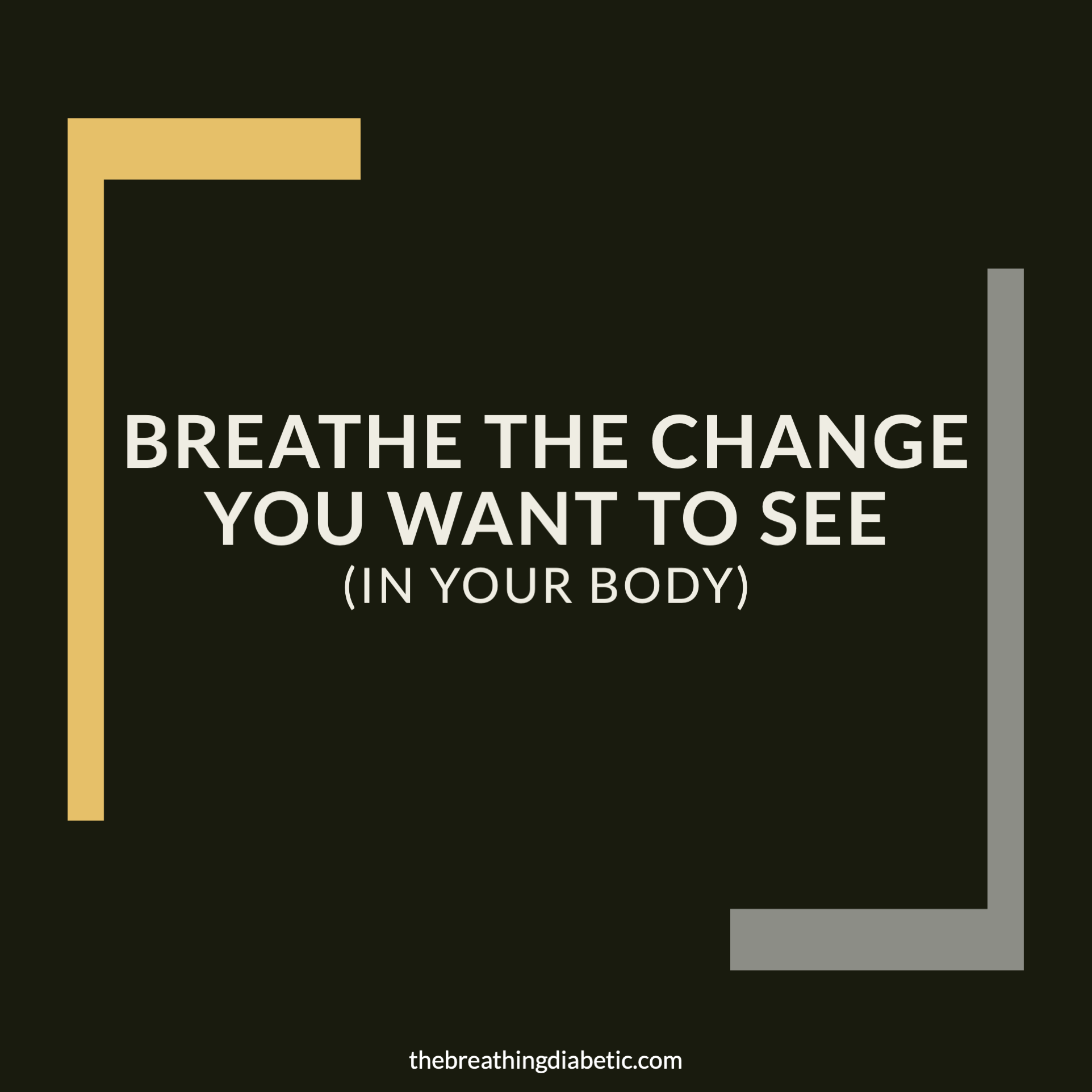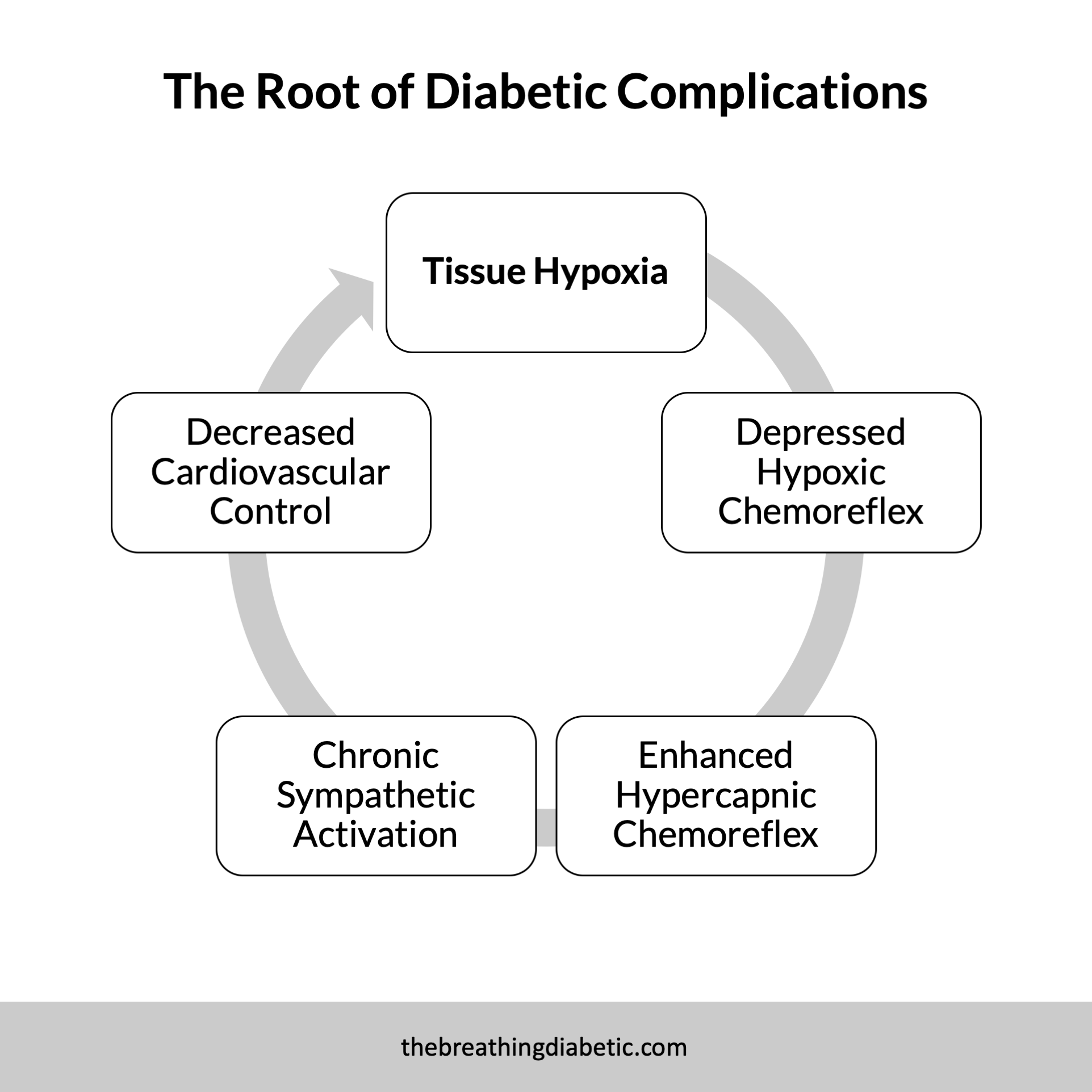Welcome to another week of The Breathing 4.1.1. Let’s get right to it.
4 THOUGHTS
1. Time-Restricted Breathing?
Every now and then, skipping a meal or two ("intermittent fasting") can be good for you. Studies have even found that just compressing your eating window (that is, "time-restricted eating") is beneficial for metabolism and weight loss.
You can do this on a much smaller scale with breathing. It’s called "intermittent breathing," or simply holding your breath. Maybe it’s only 30 seconds instead of 30 hours. Still, the idea is similar: Restrict your body from something it’s used to, and it elicits beneficial responses.
Similarly (although the analogy breaks down some), "time-restricted breathing" can also be done by setting aside time each day to breathe less. You might only do this for five minutes. But, like how time-restricted eating makes the meals you do eat more useful, time-restricted breathing improves your oxygen metabolism, making those other 20,000+ breaths you take each day more effective.
2. Slow Breathing as a Treatment for Insomnia
"Practicing the 0.1 Hz rate before sleep was shown to improve sleep onset latency and quality in insomniacs and enhance the stability of their sleep pattern (13). Thus, we suggest 0.1 Hz as the optimal frequency for a slow breathing technique." - Self-Regulation of Breathing as an Adjunctive Treatment of Insomnia
Last week, I mentioned that slow breathing might be a way to help with insomnia, based purely on deductive reasoning. With insomnia on my radar, this article jumped off the page at me. I cannot recommend it enough. Choosing only one quote was nearly impossible.
Even if you do not care about insomnia, their sections on "Cardiorespiratory Synchronization" and "Slow Deep Breathing" are phenomenal. They will be the motivation of several future thoughts…
In the meantime, let us slow down our breathing before bed (to say, 6 breaths per minute, also known as 0.1 Hz) to help increase cardiorespiratory synchronization, increase parasympathetic tone, and have a restful night’s sleep.
3. Why You Need Efficient Breathing: 18x the Energy
"Anaerobic metabolism…is relatively inefficient compared with aerobic processes. Only two ATP molecules are produced…In contrast, the body reaps 36 molecules of ATP for each molecule of glucose metabolized aerobically."
That means that aerobic metabolism (with oxygen) is about 18x more efficient than anaerobic metabolism (without oxygen). Therefore, the more efficient you are at using oxygen, the more efficient you are at producing energy.
A practical way to improve your oxygen efficiency? Time-restricted breathing.
4. A Simple Way to Breathe Better Right Now
Make your breathing quiet. This might be the easiest, most practical thing you can do anytime, anyplace, to improve your breathing (after nose breathing, of course). Give it a try now, if you feel so inspired.
Make sure you cannot hear your breathing, even internally. You’ll naturally slow down your breathing and naturally breathe less. It’s fantastic, and it’s easy.
1 QUOTE
"Gandhi became absolutely motionless. His absorption was so profound that he scarcely seemed to breathe"
- Eknath Easwaran, Gandhi The Man
1 ANSWER
Answer: The average number of breaths in a lifetime.
…
(Cue the Jeopardy music.)
…
Question: What is over 600 million?
BONUS THOUGHT
"And if the traveler is fortunate—that is, if the path is complex and profound enough—the destination is two miles farther away for every mile he or she travels." - George Leonard
I am fortunate to be traveling with you. Thank you for reading.
In good breath,
Nick


